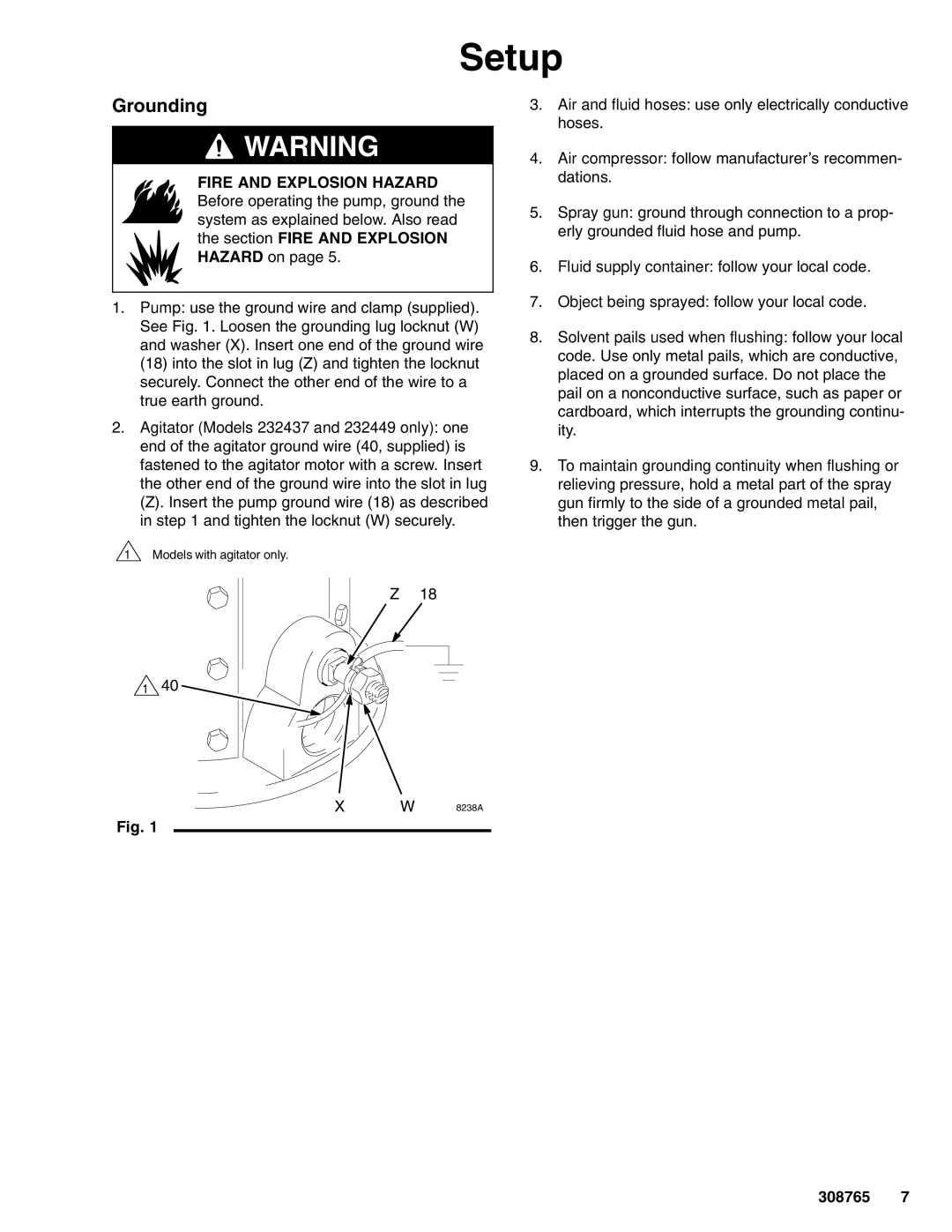232437 specifications
The Hitachi 232437 is a versatile piece of machinery designed to meet the demands of various industrial applications. Known for its robustness and reliability, this equipment has become a mainstay in numerous sectors, including construction, manufacturing, and logistics.One of the standout features of the Hitachi 232437 is its powerful engine. Equipped with advanced technology, the engine delivers a remarkable output while ensuring optimal fuel efficiency. This not only reduces operational costs but also contributes to a lower environmental footprint, making it a responsible choice for environmentally conscious operators. The machine is designed to minimize emissions, adhering to stringent regulations, and promoting sustainability in industrial operations.
The Hitachi 232437 incorporates cutting-edge hydraulic systems, which provide enhanced performance and precision. The hydraulic components are engineered for responsiveness, allowing for smooth control during heavy lifting and excavation tasks. This technology is particularly advantageous in situations that require delicate maneuvers, improving safety and efficacy on job sites.
Another key characteristic of the Hitachi 232437 is its user-friendly interface. The control panel is designed with the operator’s convenience in mind, featuring intuitive layouts and easy-to-read displays. This facilitates quick learning for new operators and ensures that experienced users can optimize performance effortlessly. Enhanced visibility from the operator’s cabin allows for improved awareness of the surrounding environment, thus enhancing safety.
Durability is a hallmark of the Hitachi 232437. Constructed with high-quality materials, the machine can withstand harsh working conditions, making it suitable for outdoor applications. The chassis and components are resistant to wear and tear, resulting in decreased downtime and lower maintenance costs.
The adaptability of the Hitachi 232437 is another of its main draws. It can be fitted with a variety of attachments and tools, enabling it to perform a multitude of tasks, from digging to material handling. This flexibility not only maximizes the return on investment for users but also allows companies to respond swiftly to changing job requirements.
In summary, the Hitachi 232437 stands out for its powerful engine, advanced hydraulic systems, user-friendly design, durability, and adaptability. These features combine to make it a reliable asset in various industrial operations, helping businesses achieve efficiency and productivity while adhering to environmental standards.

